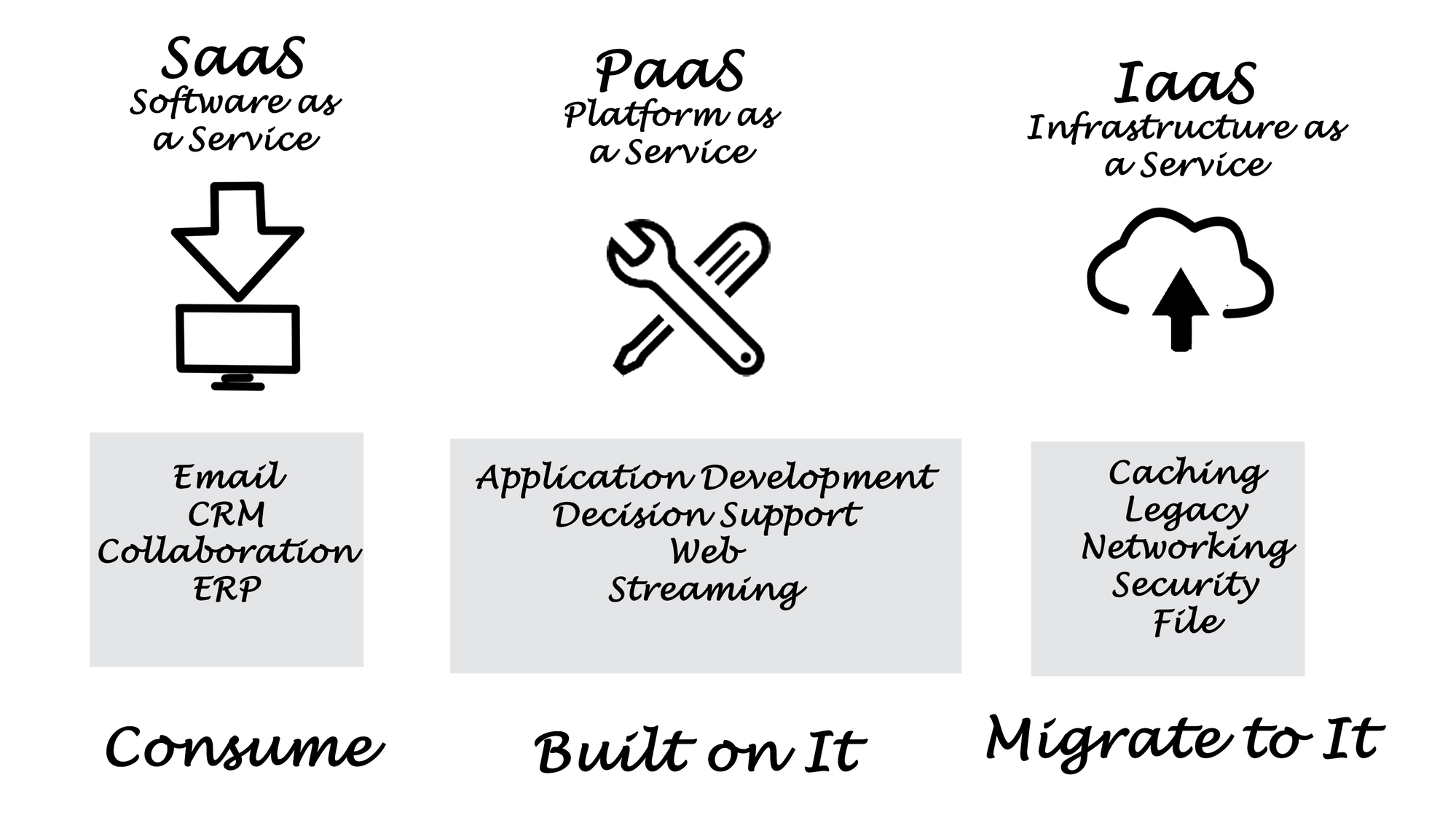Welcome to Mabstac, LLC | Anything Accounting
- Call us: (703) 828-2336
- Mail US : info@mabstac.com
- ADD US : Mabstac, LLC
- Call us: (703) 828-2336
- Mail US : info@mabstac.com
- ADD US : Mabstac, LLC

In August 2016, the Financial Accounting Standards Board (FASB) issued Accounting Standards Update 2016-14 (ASU 2016-14) to make improvements to information presented on nonprofit (NFP) financial statements. FASB’s goal was to update the current nonprofit reporting model, by improving the readability and transparency of financial statements. The ASU was effective for fiscal years beginning after December 15, 2017. Early implementation was permitted.
How ASU 2016-14 Affects Nonprofits in 2019 and Beyond
In summary, ASU 2016-14 reduces the number of classes of net assets from three to two, requires the presentation of expenses in both natural and functional classifications, and eliminates the requirement to prepare a reconciliation in the statement of cash flows when applying the direct method. The changes are further explained below.
Net Asset Classifications
Previously, there were three classes of net asset, that is, unrestricted, temporarily restricted, and permanently restricted. ASU 2016-14 introduces two net classes: net assets without donor restrictions and net assets with donor restrictions. The former classes of temporarily restricted and permanently restricted net asset categories, have now been collapsed into the new class called net assets with donor restrictions.
Organizations are also required to disclose information on liquidity and availability of funds as well as when and how funds can be used for net assets with donor restrictions. The purposes of, and policies for managing, board designated funds, and the end of year balances should also be disclosed.
Underwater Endowments
“Underwater” endowments are endowments that have a current fair value that is less than the original gift amount (or amount required to be retained by the donor or by law). Previously, underwater amounts have been recorded as a component of unrestricted net assets. This update requires underwater funds to be classified in net assets with donor restrictions.
Donated Property and Equipment
A fundamental shift is how to account for “release from restrictions” for donated assets. Instead of annually releasing donor restrictions based on the estimated useful life of a donated asset, the FASB ASU 2016-14 requires that donor restrictions be released when assets are placed in service (unless otherwise stipulated by the donor).
Transparency and Utility of Liquidity
ASU 2016-16 requires new disclosures about the NFP’s liquidity and availability of funds. Disclosures should indicate how NFPs will meet cash requirements for the next year. This is a detailed disclosure that will encompass the nature of the assets, donor limits, laws, contracts, and board limits.
Classification of Expenses by Function and Nature
All nonprofits will now be required to disclose an analysis of expenses by both functional and natural classifications – either on the statement of activities, as a separate statement, or in the notes to the financial statements. Previously, only voluntary health and welfare organizations were required to disclose this information. Expenses that are shown as reductions in revenue, such as salaries in cost of goods sold, or direct expenses of special events should be included in expenses in this new presentation. Additionally, nonprofits will be required to disclose the methods used to allocate costs among program and support functions.
Statement of Cash Flows
ASU 2016-14 eliminates the requirement that NFPs present the indirect reconciliation if they choose to use the direct method for reporting operating cash flows. Therefore, there is no longer the requirement to present operating cash flows in two different places. In summary, the disclosure makes “the indirect reconciliation” optional not mandatory. Therefore, a NFP may still decide to include the indirect reconciliation as an optional disclosure.
This change only applies to NFPs. Public companies and private companies, that are not NFPs are still be required to present the indirect reconciliation if they choose to use the direct method in their statements of cash flows.




